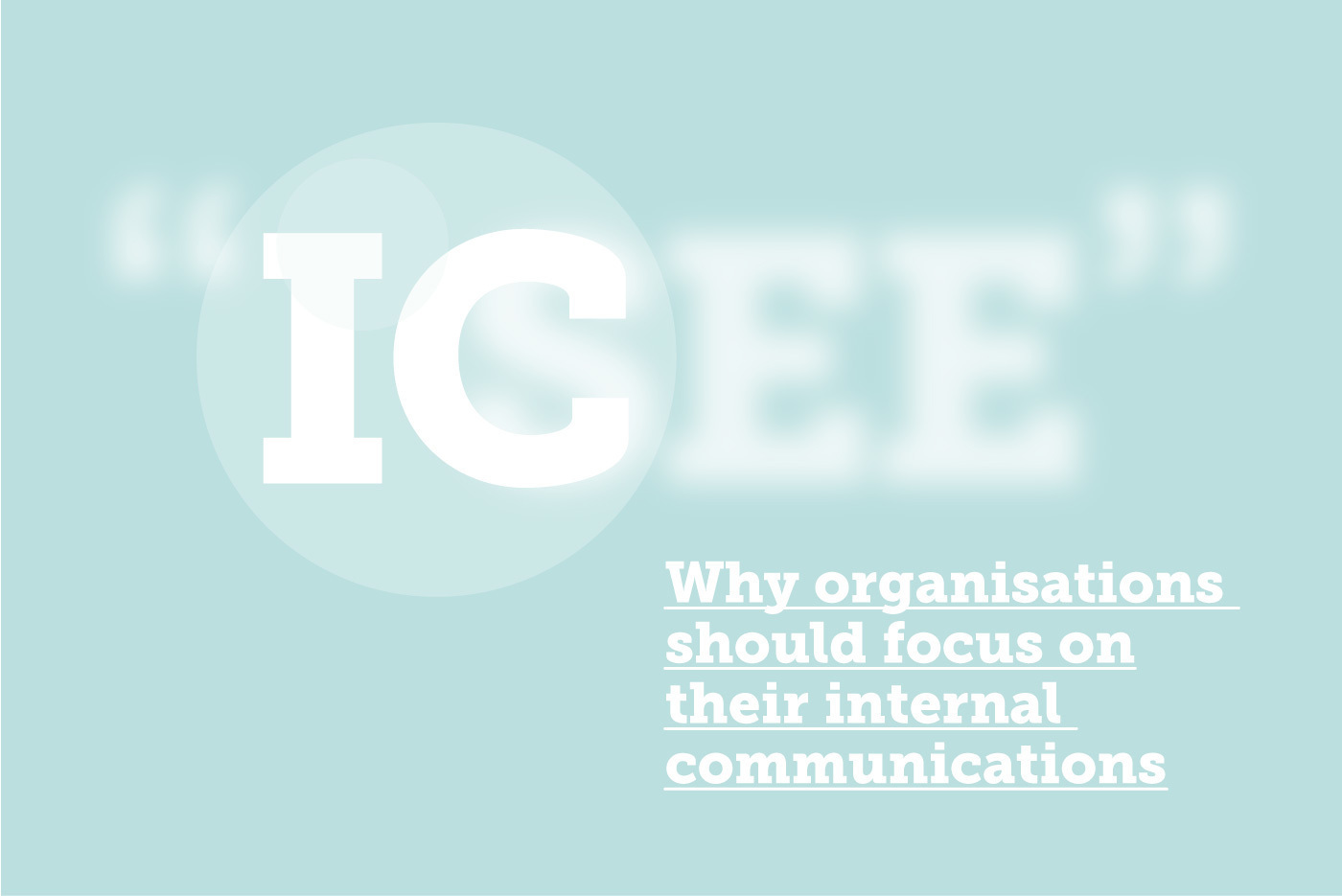
HR Consultant Eva Martin explores why internal communications are so integral to organisational success and employee engagement – especially for businesses with large numbers of employees outside head office.
Communication does not only refer to an organisation’s interaction with customers.
Marketing and PR departments play a huge part in realising business goals, but internal communications are just as important. It can mean the difference between the fulfilment of a vision or failure.
Too often, organisations pay more attention to external communications and consequently neglect talking to their employees. In truth, companies should focus on their internal communications first, as this provides the foundation for effective communication with customers by building up a customer-facing workforce of advocates for the organisation’s messaging.
This is even more crucial for organisations that manage employees who work remotely, who may not have the same level of contact with the business.
So to what extent does internal comms benefit organisations, especially those with many remote workers?
Why organisations should focus on their internal communications
Cheetah Mobile Marketing and Communications Director Josh Ong puts it simply: “internal communication keeps everyone on the same page. All employees need to know what goals the company is trying to reach in order for them to understand how they can contribute.
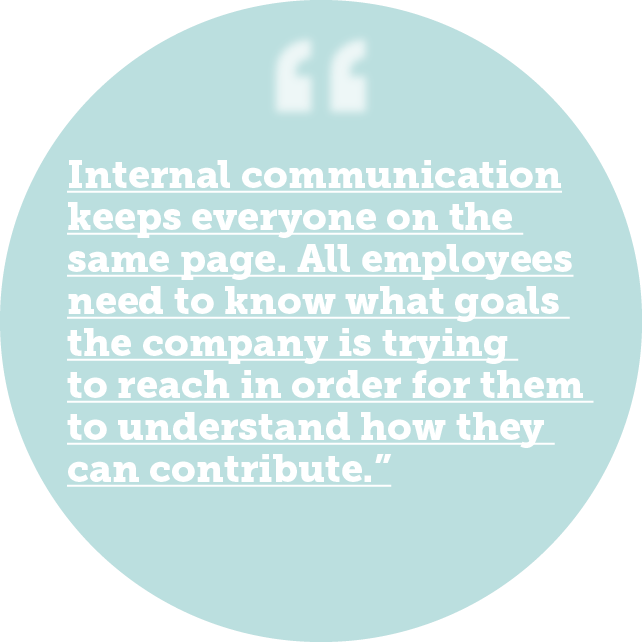

“If the business objectives are not properly laid out amongst all departments, it could cause confusion and errors, which may eventually lead to clashes within the organisation.
“This might seem more of a challenge for organisations with remote workers, since they can be harder to reach and inform, but with the right channels, it is very much achievable.”
Furthermore, communicating openly and consistently establishes a healthy work culture where employees are not afraid to brainstorm ideas and speak their minds.
It also provides employers with valuable feedback and suggestions, which can significantly improve business output and operations.
Of course, for this to work, it should start with leaders. The senior leadership should demonstrate integrity, practicing what they preach to build trust with the bottom line – as this alone can take a business to new heights.
Creating an effective internal communications strategy
Although credit must be given to businesses that regularly utilise internal communication channels, not all do it effectively.
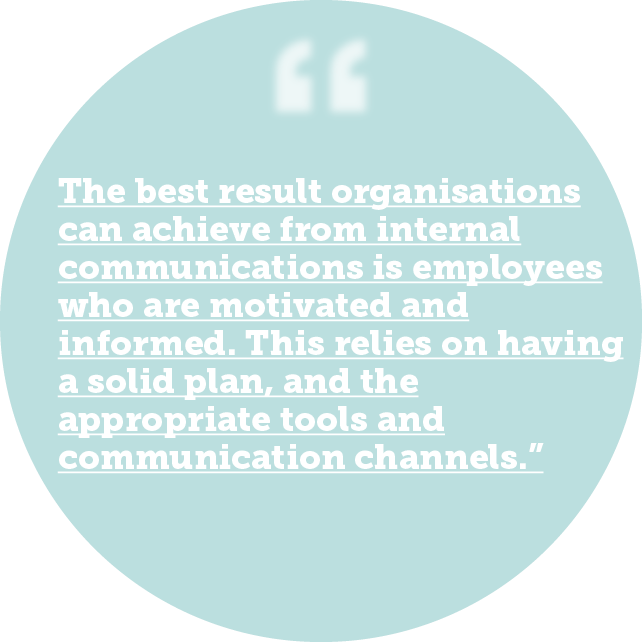

This is where formulating a strategy comes in. It’s always best to have a dedicated IC team who can manage and oversee the internal comms function, and put 100% effort into developing an actionable strategy based on real insights, data and attainable objectives.
The best result that organisations can achieve from internal communications is that their employees are motivated and informed, and feel valued as key players in realising the business mission and vision.
This relies on having a solid plan, and the appropriate tools and communication channels.
When devising your strategy, take time to consider which channel(s) would be best for getting your message across.
Which channels should you use?
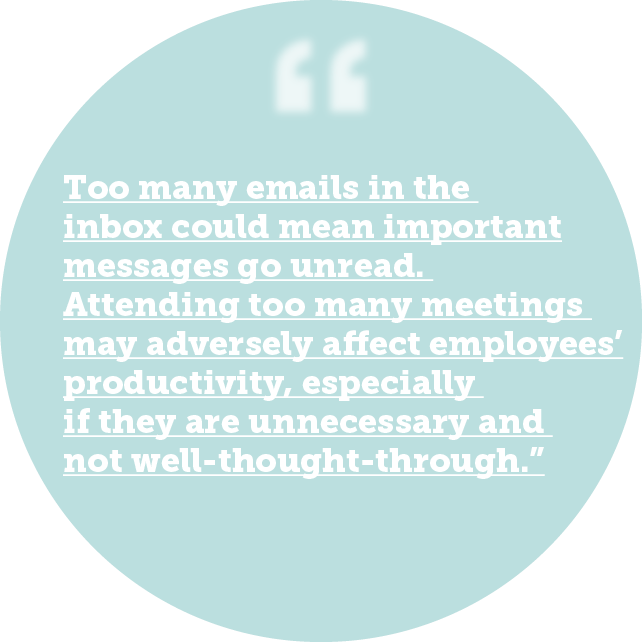

There are many available channels that organisations can utilise to distribute their internal communications. Sending emails and holding meetings or employee conferences may be obvious choices, but they are not the only options.
In fact, too many emails bombarding the inbox could potentially cause irritation and lead to important messages being overlooked or ignored.
Furthermore, attending too many meetings may adversely affect employees’ productivity, especially if the meetings are unnecessary and not well thought-out.
Since this is the era of social media, you may find it easier and more effective to reach out to employees on social channels.
Using social channels in your internal communications mix
Corporate Social Networks such as Slack, Workplace by Facebook and Yammer provide platforms for people to easily have conversations without filling up inboxes or wasting anyone’s time. With these tools, companies can share updates, make announcements, and encourage feedback from the bottom line.
They eliminate the need to prepare for meetings, which can take up a lot of valuable time, and also ensure that everyone has access to the conversation.
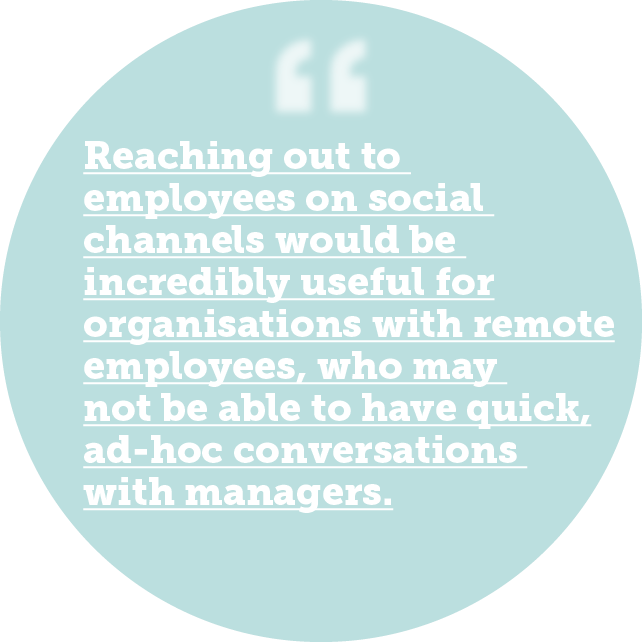

They also make it easier for remote workers to connect with each other more efficiently and quickly than alternative communication channels.
Social media platforms have also popularised the use of simple tools that can easily collate information and instantly notify involved parties.
Digital marketing agency Ayima makes use of a meta tag to collect questions, suggestions, and feedback from its employees. They also use the handy hashtag #AskAyima to enable both customers and employees to reach out to their social media profiles and get answers to burning questions.
This kind of interaction would be incredibly useful for businesses with employees who work remotely from different places, and who may not be able to have a quick, ad-hoc conversation with managers or senior leaders.
Establishing effective channels for internal communications helps to create a more inclusive work environment and demonstrate that senior leaders care about their employees. Organisations with remote employees should treat it as a vital lifeline, since these employees may not have much contact with each other or the organisation.
At the end of the day, a successful internal comms strategy can help make any organisation more efficient, inclusive and productive, even if it’s spread out far and wide.
Meet the author

Eva Martin
I am a London-based Human Resources consultant who works with companies transitioning to remote models, while promoting the power of internal communications to boost organisational success. I actively follow changing technology trends, with a focus on how they can help to enhance HR departments and processes.
Are your internal communications up to scratch for 2018?
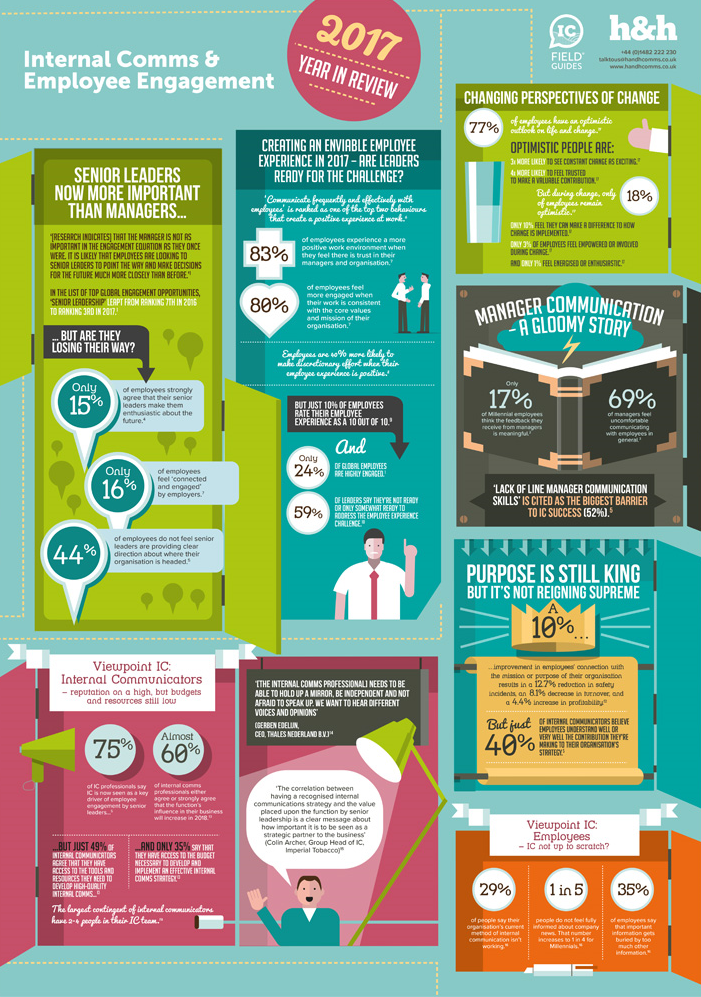

Check your internal comms progress this year against industry benchmarks from 2017 with our ‘Internal Comms & Employee Engagement: 2017 Year in Review’ IC Field Guide, packed with the most important, revealing, and eye-popping stats from the industry last year.







